Gungpyeonghang Port (궁평항)
2024-11-07
1069-17 Gungpyeonghang-ro, Hwaseong-si, Gyeonggi-do
◎ Travel information to meet Hallyu’s charm - "Our Beloved Summer"
The first and the last travel destination visited by Choi Ung and Kook Yeon-su. The ocean sunset, gentle waves, and the wooden deck over the water all come together to create a scenic view. Follow the coastal road for five minutes to reach the filming location. The port is also a popular sunset viewing spot in the Seoul metropolitan area.
Osan Dolmen Park (오산 고인돌역사공원)
2024-11-07
449, Sumogwon-ro, Osan-si, Gyeonggi-do
◎ Travel information to meet Hallyu’s charm - "Our Beloved Summer"
It is a park with nine table-style dolmens scattered around. This is the place where the two main characters in school uniform sat in a small cabin that says “Forest Library.” The scene where the two kissed for the first time while avoiding the rain was filmed here. As the name suggests, it is a place where anyone can rest and read a book in the metasequoia forest. If you sit in the same spot and take a picture, you can get a nice photo. In addition, each zone has a lot of things to see, such as performance halls, sculptures, rose gardens, and wetlands, which are loved by citizens.
Seorak Beach (설악해수욕장)
2024-11-06
Dwinnaru 2-gil, Ganghyeon-myeon, Yangyang-gun, Gangwon-do
Known for its shallow waters and clean white sand, this beach is a sanctuary for surfers. It is conveniently located near famous tourist sites such as Seoraksan Mountain and Naksansa Temple, making it ideal for sightseeing. Just a five-minute walk from Hujin Harbor, go for a walk during sunset period like Lee Know and enjoy the beautiful sunset in the background.
Hujin Harbor (후진항)
2024-11-06
4-13Yongho-ri, Ganghyeon-myeon, Yangyang-gun, Gangwon-do
The first attraction Lee Know strolled to after unpacking. It's charmingly picturesque with its quaint view of red lighthouse overlooking the sea, anchored small boats, and a line of fresh seafood centers. On the second and fourth weekends, Beach Market attracts many visitors. Try to find the red chair where Lee Know sat in his vlog.
DMZ LIVE Experience Hall (DMZ 생생누리)
2025-03-26
148-57 Imjingak-ro, Munsan-eup, Paju-si, Gyeonggi-do
DMZ LIVE experience hall offers the opportunity to experience immersive media and VR content at Imjingak Resort. DMZ LIVE recreates flora and fauna, beautiful scenery, and historical values of DMZ using modern-day digital technology.
Paradise City Wonderbox (파라다이스시티 원더박스)
2024-11-06
186 Yeongjonghaeannam-ro 321beon-gil, Jung-gu, Incheon
It is a theme park filled with the pleasant excitement of an amusement park at night. All the photos look great thanks to the fancy lighting and colorful interiors. You can also enjoy thrilling attractions such as Megamix and Giant Slide. Another advantage is that it can be used regardless of the weather or season because it is indoors.
Seoul Mountain Climbing & culture center (산악문화체험센터)
2024-11-05
112 Haneulgongwon-ro, Mapo-gu, Seoul
In episode 4 of the drama "Numbers," the character Shim Hyeong-woo goes climbing at the Seoul Mountain Climbing & Culture Center. This center offers a climbing facility where you can enjoy mountain culture and sports together. It features exhibition facilities for experiencing mountain culture and both indoor and outdoor sports climbing.
Janghwa-ri Sunset Viewing Point (장화리일몰조망지)
2024-11-06
1408 Janghwa-ri, Hwado-myeon, Ganghwa-gun, Incheon
◎ Travel information to meet Hallyu’s charm - "Strange Lawyer Woo Young-woo"
In episode 4, Youngwoo and Junho go to the West Sea and watch the beautiful sunset together. The place mentioned as a dialogue in the drama is the Sunset Viewing Point in Janghwa-ri, Ganghwa-gun. After parking for about 10 minutes, walk down the path through the peaceful paddy fields and you will see a pink observatory. The sea and sky seen through the observatory are like an oil painting. If you want to catch a golden sunset in your eyes, check the sunset time before visiting.
My Land (마이랜드)
2024-12-06
252 Wolmi-ro, Jung-gu, Incheon
◎ Travel information to meet Hallyu’s charm
Sung-kyu from the web show “Tour Fairy” and foreign tourists enjoyed Disco Tagada in My Land, a representative theme park in Wolmido Island. After enjoying the ocean views and thrilling rides, you can take a stroll to the nearby Wolmi Observatory and Songwol-dong Fairy Tale Village.
L CREER (엘크레)
2024-11-06
41 Dosan-daero 15-gil, Gangnam-gu, Seoul
L Creer is a makeup platform operated by a makeup artist with 27 years of experience in charge of makeup for IU and actress Han Ye-seul. Customers can easily experience the beauty consulting that celebrities receive at an affordable price. It has a reputation for providing meticulous and detailed beauty consulting. When visiting for the first time, eyebrow shape consulting is the most popular service where you get to receive eyebrow care and learn how to apply eyebrow make up. Reservations are required before visiting.
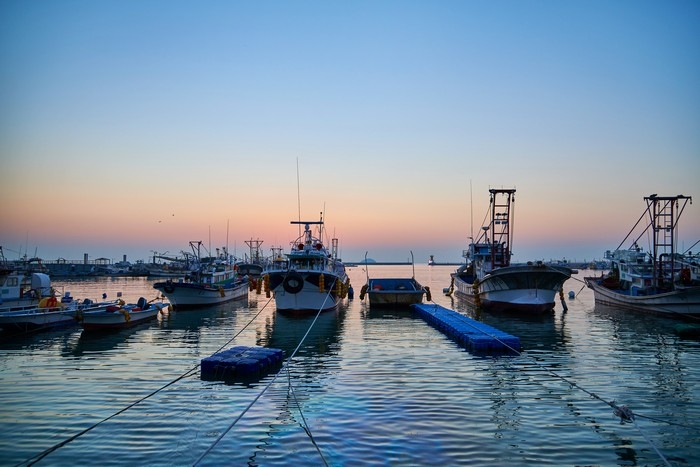
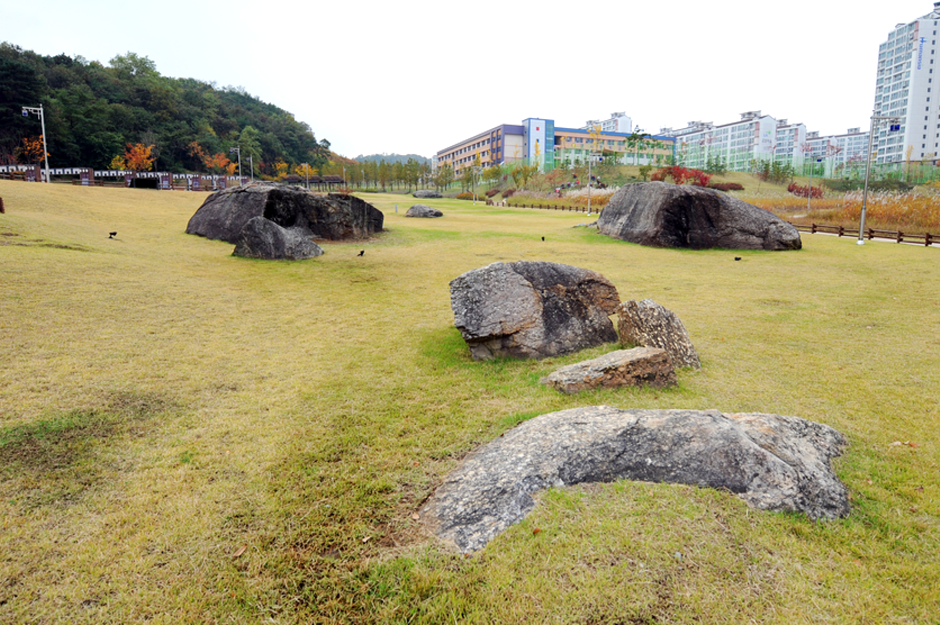
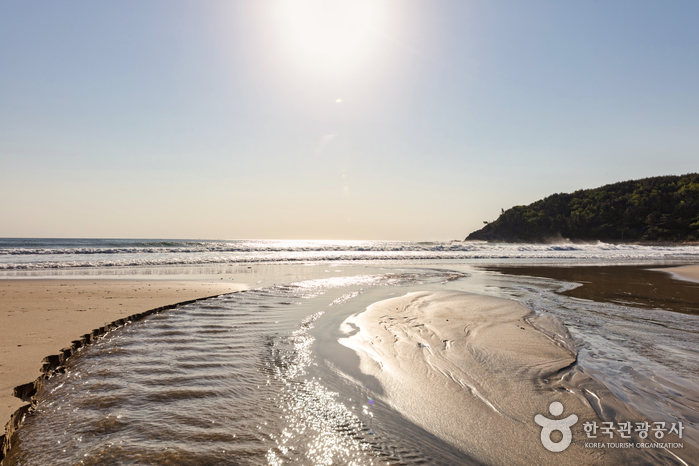
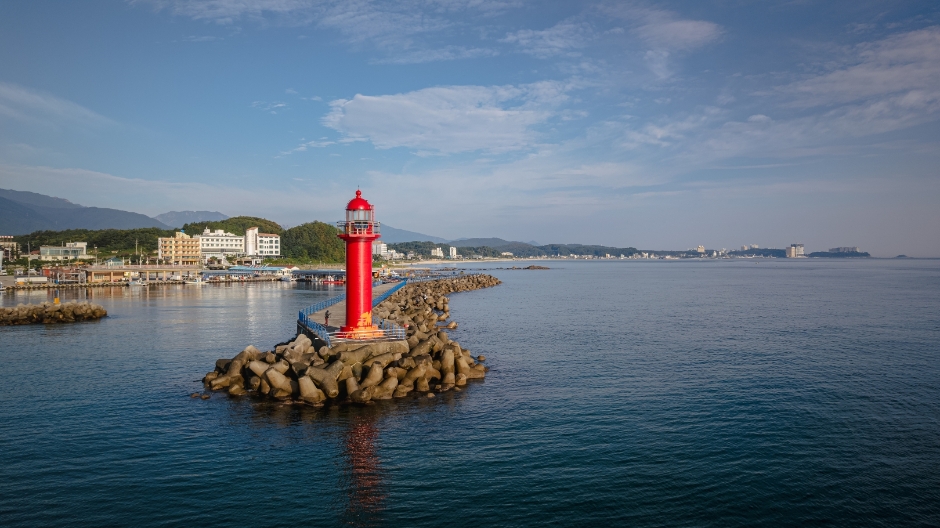
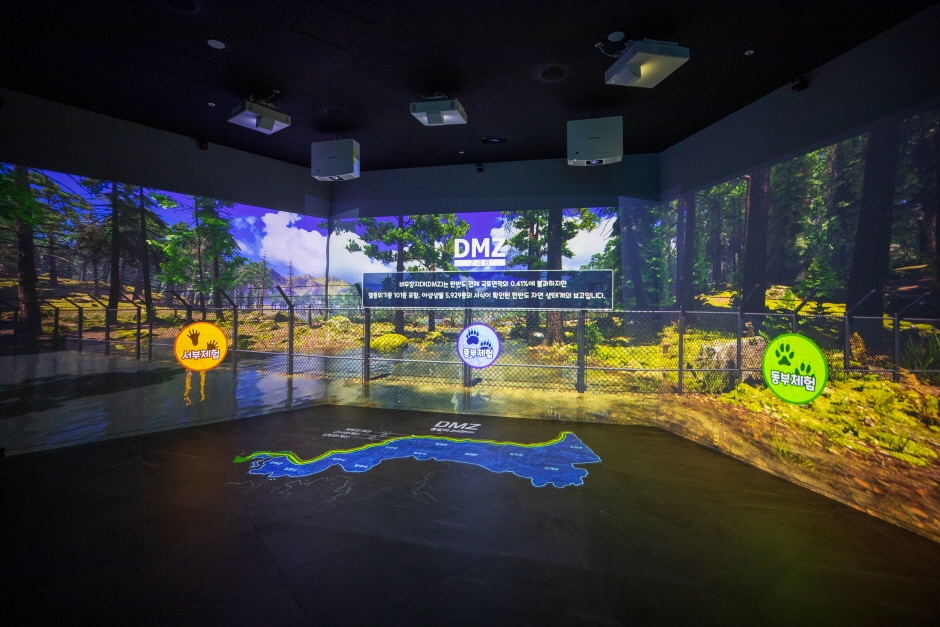
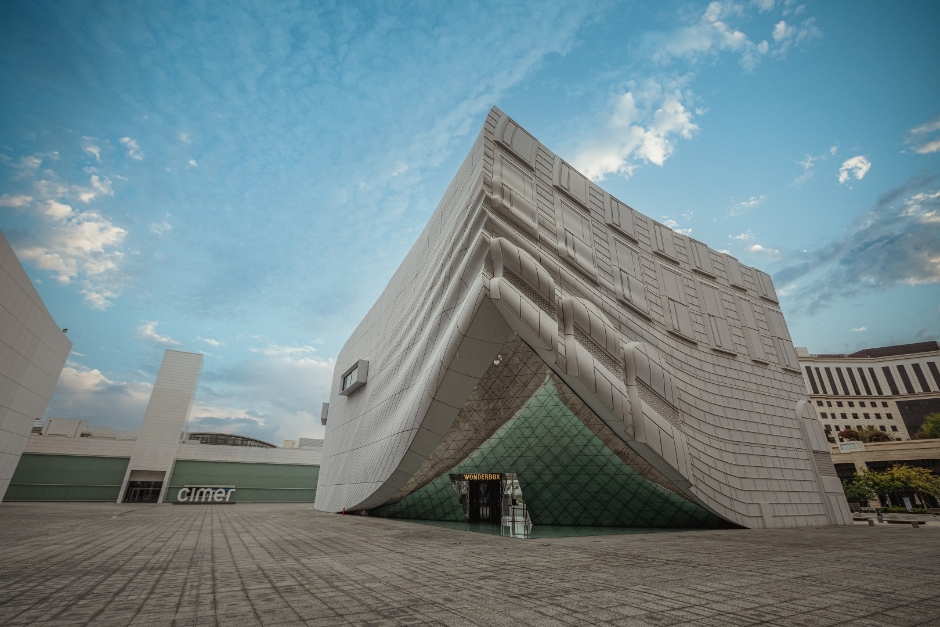
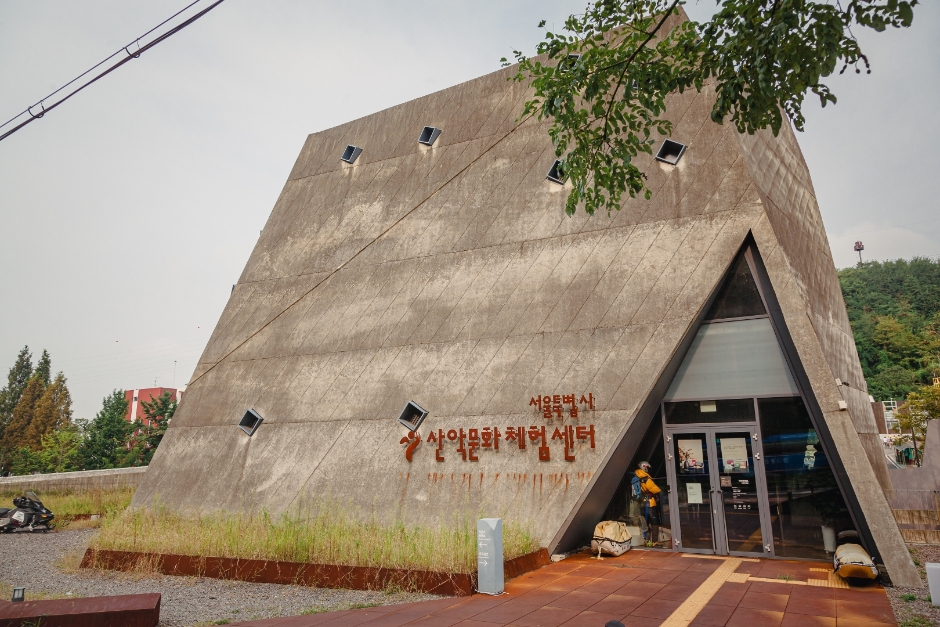

 English
English
 한국어
한국어 日本語
日本語 中文(简体)
中文(简体) Deutsch
Deutsch Français
Français Español
Español Русский
Русский